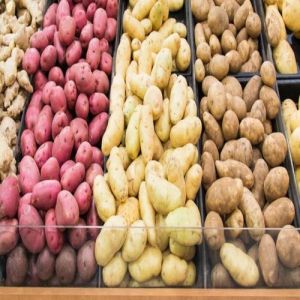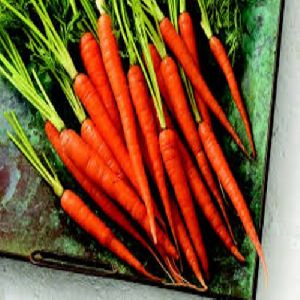
Potato
100 Per Kilogram
100 Kilogram (MOQ)
Wild potato species, originating in modern-day Peru, can be found throughout the Americas, from the United States to southern Chile. The potato was originally believed to have been domesticated by indigenous peoples of the Americas independently in multiple locations, but later genetic testing of the wide variety of cultivars and wild species traced a single origin for potatoes. In the area of present-day southern Peru and extreme northwestern Bolivia, from a species in the Solanum brevicaule complex, potatoes were domesticated approximately 7,000–10,000 years ago. In the Andes region of South America, where the species is indigenous, some close relatives of the potato are cultivated.
Cultivation Type : Natural
Shelf Life : 2 Weeks
Color : Yellow
Country of Origin : India
Packaging Size : 50 Kg
...more
Onion
100 Per Kilogram
100 Kilogram (MOQ)
The onion plant has a fan of hollow, bluish-green leaves and its bulb at the base of the plant begins to swell when a certain day-length is reached. The bulbs are composed of shortened, compressed, underground stems surrounded by fleshy modified scale (leaves) that envelop a central bud at the tip of the stem. In the autumn, the foliage dies down and the outer layers of the bulb become dry and brittle. The crop is harvested and dried and the onions are ready for use or storage. The crop is prone to attack by a number of pests and diseases, particularly the onion fly, the onion eel worm, and various fungi which can cause rotting. Some varieties of A. cepa, such as shallots and potato onions, produce multiple bulbs.
...more
Carrot
100 Per Kilogram
100 Kilogram (MOQ)
The carrot is a root vegetable, usually orange in color, though purple, black, red, white, and yellow cultivars exist. They are a domesticated form of the wild carrot, Daucus carota, native to Europe and Southwestern Asia. The plant probably originated in Persia and was originally cultivated for its leaves and seeds.
...moreBe first to Rate
Rate This